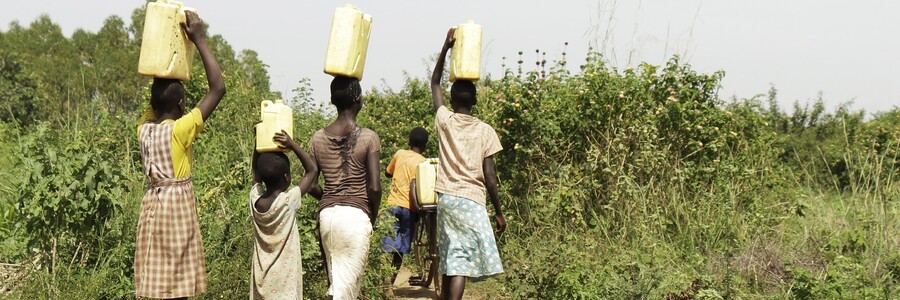Did you know?
More than 60 ethnic groups who communicate in 68 different languages live together in Burkina Faso. This is also expressed in the country's name: The terms "Burkina" and "Faso" come from the two largest national languages - Djoula and Mòoré - and mean "land of the upright". With this multiculturalism, one is not surprised that the population has grown by almost three percent annually in recent years. If this trend continues, Burkina Faso's population will double in the next 25 years.
However, this poses problems for the country in terms of food security and supplying the population with water and energy. This is despite the fact that Burkina Faso already ranked among the lowest in 2019, according to the Human Development Index. Almost half of Burkina Faso's population lives below the absolute poverty line - making the country one of the poorest countries in the world.
Development potential of agriculture
Agriculture holds the greatest economic development potential and thus plays an important role in feeding the population and combating poverty: More than 80 percent of the active population is employed in agriculture. It contributes a good 60 percent of the income of rural households and is the basis for the population's food security.
Our project
In dialogue since 2019, the project with our local project partner Climate Sol in Burkina Faso took concrete shape this year. The goal: the recovery of food sovereignty and the emergence of local economic cycles. This will be achieved through the construction of wastewater treatment plants, the Nafagaz stove, which eliminates the need to cut down forests for energy, and the Dynamic Agroforestry method, which cycles water and nutrients and sequesters CO2 back into the soil. Our first goal towards food sovereignty: the construction of a solar well that ensures the supply of water to farmers even in the dry season.
Please find here the way to support our project in Burkina Faso.

